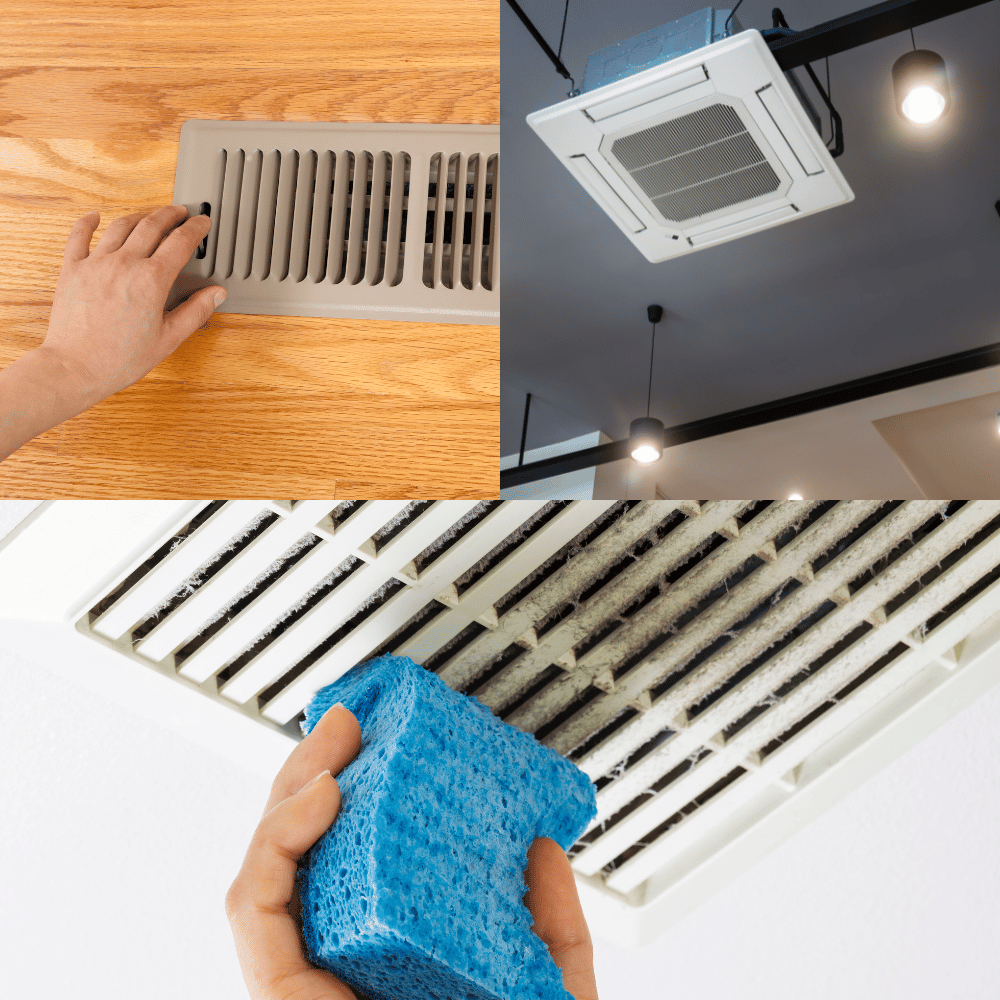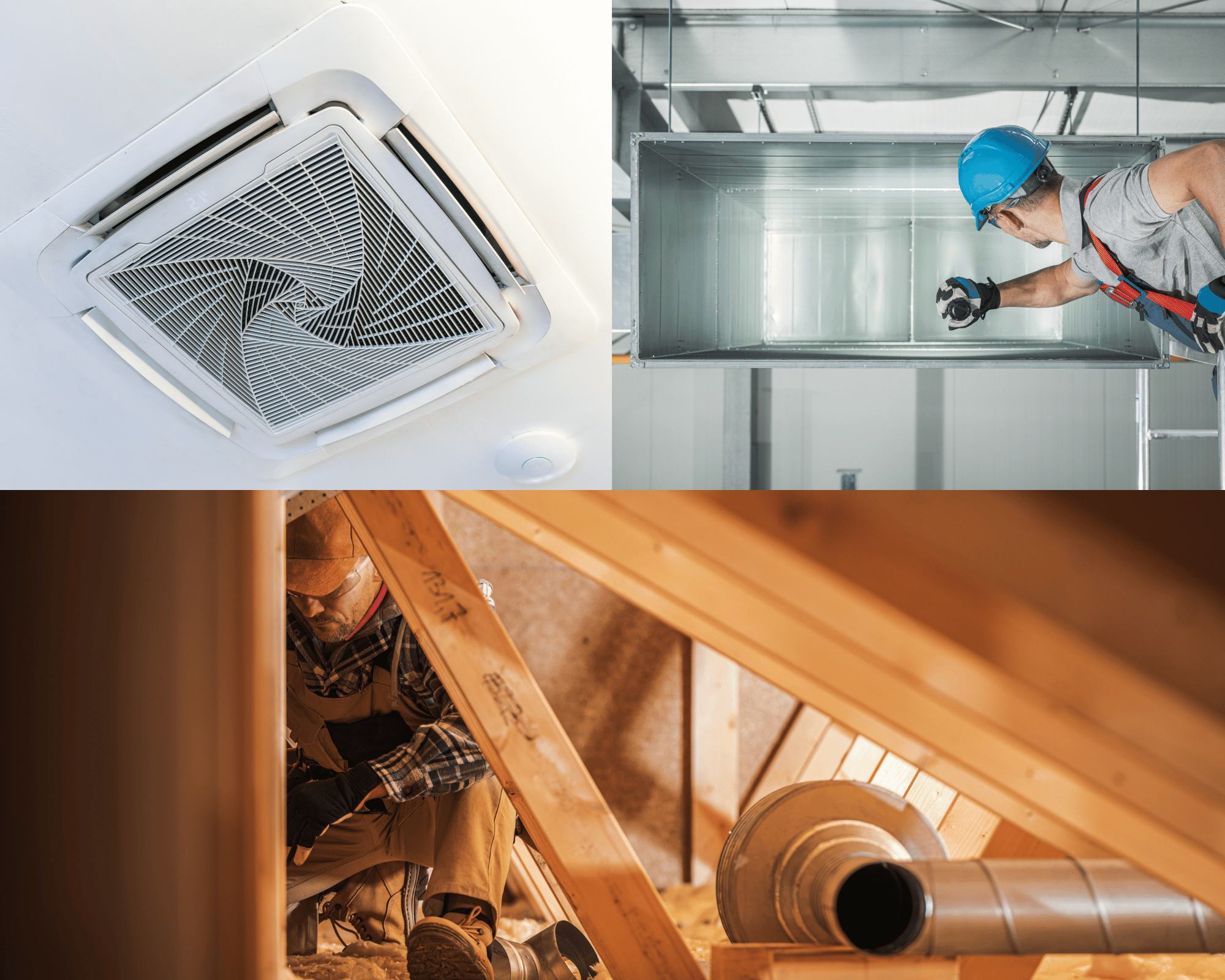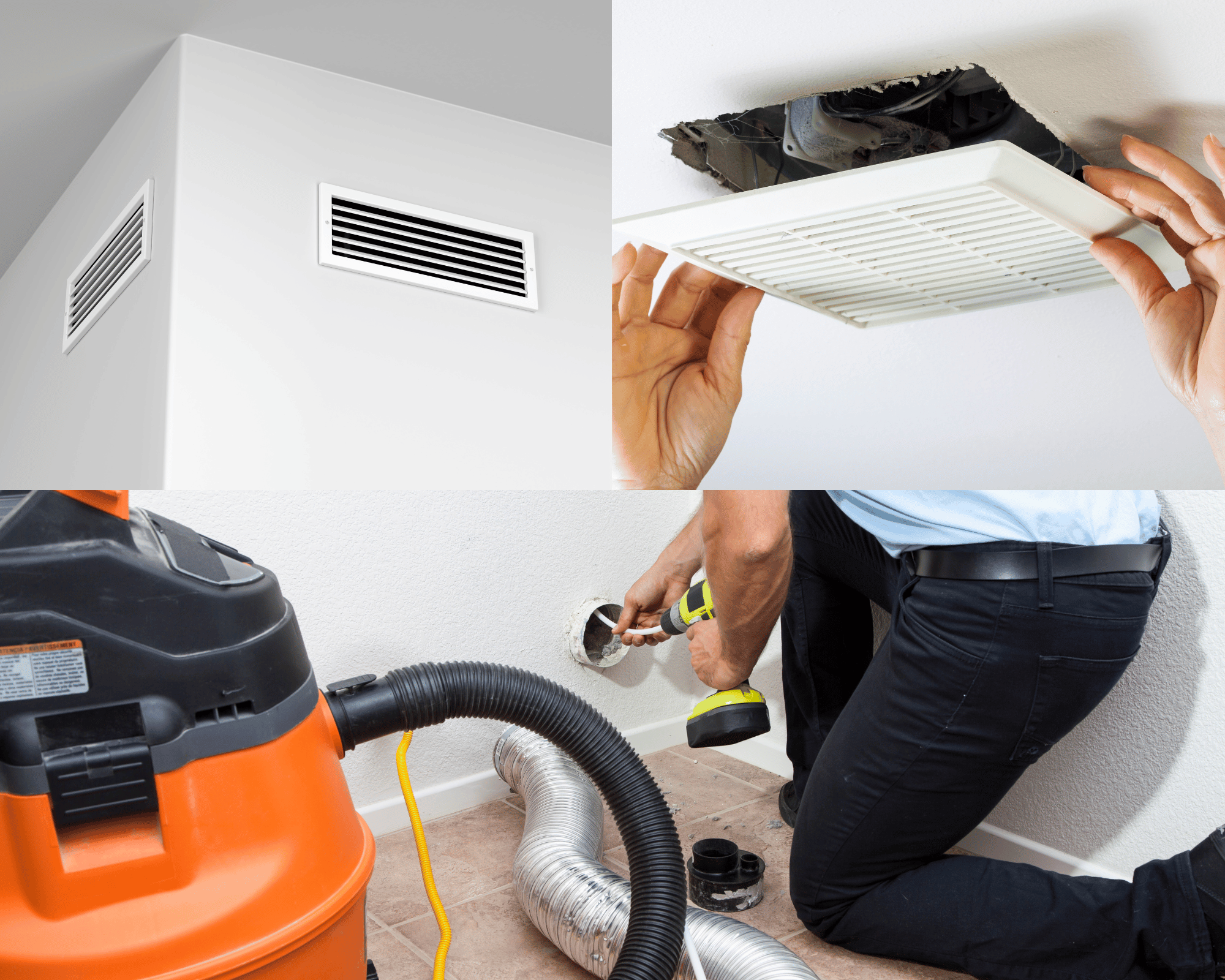Downdraft vents have become a topic of hot debate among kitchen design enthusiasts and homeowners alike. Are they an effective solution to kitchen ventilation, or just a stylish fad? This article aims to shed light on the functionality, advantages, and limitations of downdraft vents, helping you make an informed decision.
Key Takeaways:
- Downdraft vents offer a sleek, integrated kitchen design option, ideal for islands without overhead exhaust possibilities.
- They are best suited for light cooking due to their position and the mechanics of smoke and steam rising.
- Top brands like Jenn-Air and KitchenAid provide high-quality downdraft vents that combine efficiency with aesthetic appeal.
Downdraft vents have become a topic of hot debate among kitchen design enthusiasts and homeowners alike. Are they an effective solution to kitchen ventilation, or just a stylish fad? This article aims to shed light on the functionality, advantages, and limitations of downdraft vents, helping you make an informed decision.
What is a Downdraft Vent?
Unlike traditional range hoods that are mounted above the cooktop, downdraft vents are integrated into the cooking surface, usually at the rear or the sides. When activated, they pull air down through a vent system located beneath the kitchen floor or routed through the cabinetry.
The Mechanics Behind Downdraft Vents
The principle behind downdraft ventilation is straightforward: capture cooking fumes, steam, and smoke at the surface level before they disperse into the kitchen. A fan sucks down the air, filtering and recirculating it, or expelling it outside the home. This mechanism makes them particularly appealing for kitchen islands and minimalist designs.
Installation Considerations
Installing a downdraft vent requires careful planning. The system often involves complex ductwork that might not be suitable for all kitchen layouts, especially in older homes where major renovations are not feasible. Professional installation is recommended to ensure optimal performance and compliance with local building codes.
Effectiveness in Smoke and Odor Removal
One of the critical critiques of downdraft vents is their effectiveness. Because heat, smoke, and steam rise naturally, downdraft systems have to work harder to pull these elements downward. They are generally more effective with lighter cooking tasks that generate less smoke and fewer odors.
Ideal Use Cases downdraft range hoods
Downdraft vents shine in specific scenarios. They are perfect for kitchens with a central island where a hanging hood would disrupt the aesthetic or block views. They're also suitable for low-heat cooking, making them ideal for households that favor boiling, simmering, and sautéing over high-heat searing.
Challenges and Limitations
The major downside to downdraft vents is their struggle with heavy cooking. For dishes that involve high-heat or prolonged cooking times, traditional overhead vents are more effective in capturing and exhausting air pollutants.
Comparing Downdraft and Traditional Overhead Vents
When comparing downdraft vents to traditional overhead models, it's clear that each has its niche. Overhead vents are more powerful overall, best downdraft vent brands comparison
but downdraft vents offer a clean line and an unobstructed view in kitchen designs.
Best Downdraft Vent Brands best downdraft vent brands comparison
When shopping for a downdraft vent, gas stovetop, overhead vent, consider reputable brands known for their quality and performance. Jenn-Air and KitchenAid are frequently praised for their innovative designs and reliability, kitchen remodel, making them top choices among homeowners.
Cost vs. Benefit Analysis range hoods
Downdraft vents can be more expensive than traditional range hoods, both in terms of initial investment and installation. Weighing the aesthetic benefits against the potential limitations in ventilation power is crucial for making a cost-effective decision.
Maintenance and Upkeep black stainless steel
Like all kitchen appliances, downdraft vents require regular maintenance to function effectively. This includes cleaning the filters and checking the ductwork for obstructions. Neglecting maintenance can lead to decreased efficiency and a shorter lifespan for the unit.
User Reviews and Feedback
Gathering insights from current users can provide real-world information about the pros and cons of downdraft vents. Many users appreciate the modern look and space-saving design, blower installed, cooking smells, how much noise, stove top, cabinet space, while others note the limitations in handling intense cooking fumes.
Future of Kitchen Ventilation indoor air quality
As technology advances, so do the options for kitchen ventilation. Innovations in downdraft vent technology may address current efficacy issues, how much air, making them more comparable to their traditional counterparts in the future.
Making the Right Choice for Your Kitchen
Choosing the right ventilation system depends on your cooking habits, kitchen layout, and design preferences. If downdraft vents align with these aspects, they can be a fantastic addition to your kitchen.
Summary
Downdraft vents offer a unique solution for kitchen ventilation, range hood, especially in spaces where a traditional hood isn't feasible. While they may not handle heavy cooking fumes as effectively as overhead models, downdraft system, pop up vent they provide significant aesthetic and space-saving benefits. Brands like Jenn-Air and KitchenAid lead the market with models that prioritize both form and function. Ultimately, the decision should be based on specific cooking needs and kitchen configurations.
FAQ
Q: Can downdraft vents be used with any cooktop?
A: Downdraft vents are compatible with most cooktops, but optimal integration is often found in cooktops specially designed to accommodate them.
Q: Are downdraft vents energy efficient?
A: While downdraft vents consume energy to operate, their efficiency largely depends on the model and how well the kitchen is designed for effective air circulation.
Q: How often should I maintain my downdraft vent?
A: Regular maintenance, including filter cleaning and duct inspection, should be performed every 3 to 6 months to ensure optimal performance and longevity of the unit.










